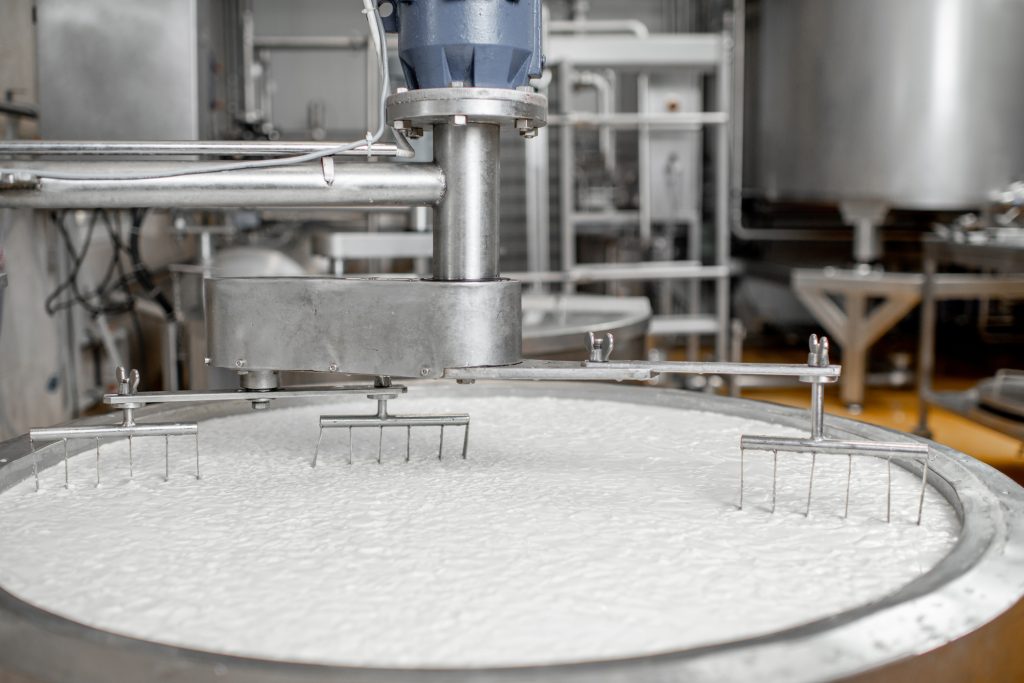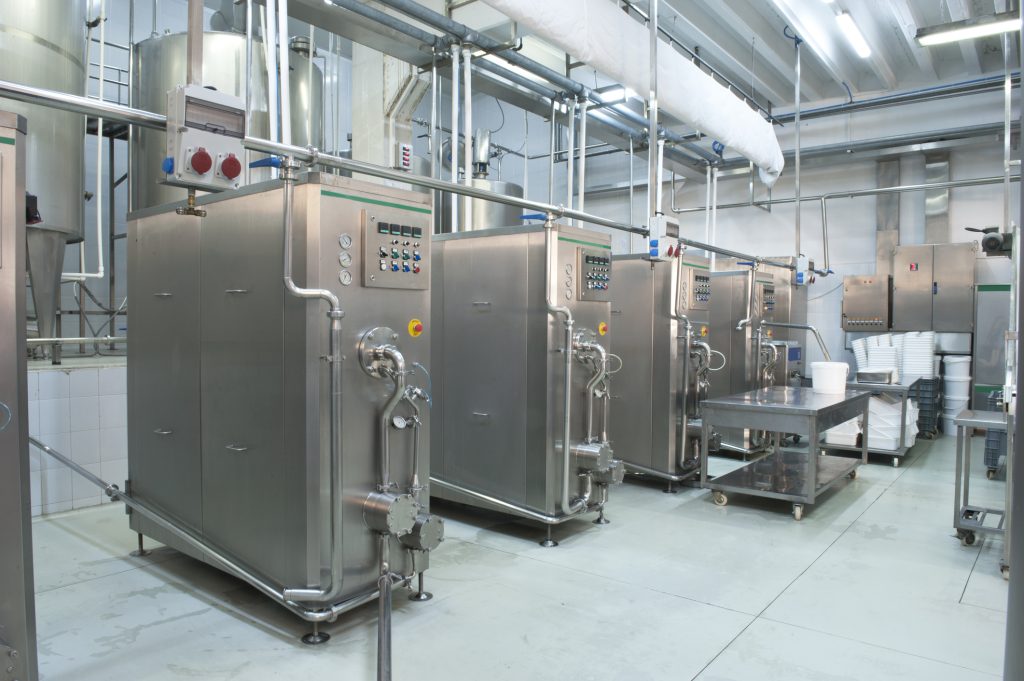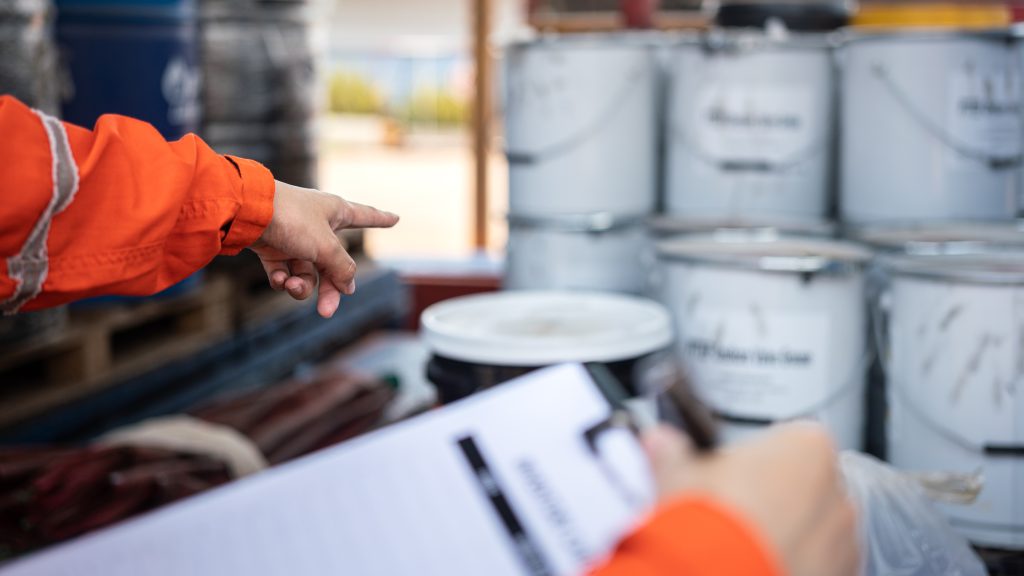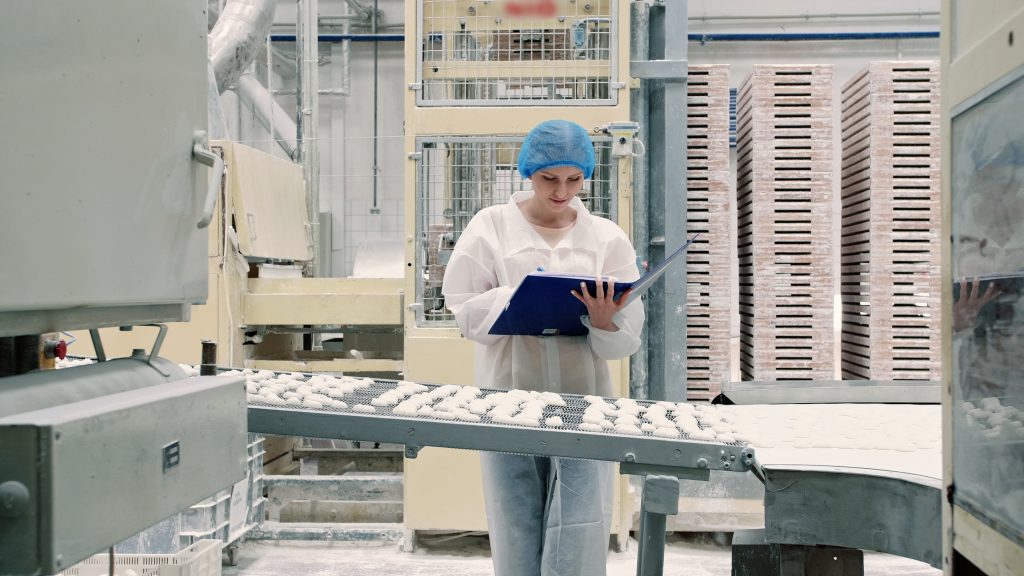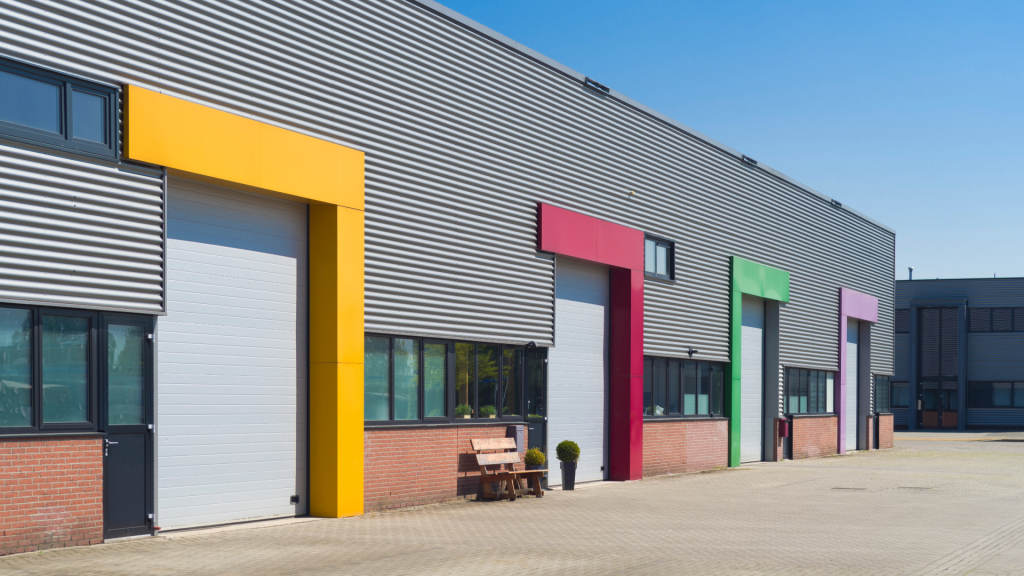
Ep 5: Validation & Verification of Critical Safety & Quality Equipment
Ep 5: Validation & Verification of Critical Safety & Quality Equipment
In this episode we are going to focus on the validation requirements for critical safety and quality equipment, the sources of scientific information required to prove validation, and the verification actions within a safety and quality plan to assure successful regulatory and audit review of those requirements. I have previously reviewed with you that validation is the ability of a designed process to achieve its intended outcome, and verification is the record keeping in place to demonstrate the valid process is occurring as intended.
For critical processing equipment, validation has a unique importance, as it is the proof that operations can function safely, and the products will meet safety and quality expectations following completion of the process. Verification of the process each time it occurs is the proof that is reviewed by the facility, regulators, customers or auditor after production as part of the review process.
Validating Equipment for a Recipe
Let’s begin by looking at validation of a recipe and piece of critical equipment needed to follow the recipe. For our example, we’ll review cooked and frozen crab cakes, which are ground, cooked and cooled, packaged and metal detected.That means we would have four pieces of equipment requiring validation to prove that they work correctly. To do this, we first need to select the amount of time or the number of runs we want to designate as the validation period.
For the grinder, that would mean picking a sufficient number of production runs or number of days to observe the process using the production equipment. The report should be 1 to 5 pages in length at a minimum and must include the crab meat quantities, the person operating the equipment, the person preparing the report, the date and time. The validation report should also include pertinent notes and observations, the amount of time needed, the setting the grinder was programmed for, and proof that the crab meat was correct after grinding. Pictures taken during this time, although not required, are highly recommended in addition to written statements.
Validation of Ovens & Freezers
The same process would be performed for the oven and freezer, except there is a special consideration here. For ovens, the thermostat is not sufficient to prove the temperature is correct, because the display or oven may be broken without our knowledge. As a result, we need to run a thermal probe through the oven several times looking for cold spots or other signs that the heat is not consistent. Again, we want a report here, between 1 and 5 pages in length, preferably with pictures that state who performed the validation, the dates and times, what aspects of processing was observed, and the results.
The same is done for the freezer. Here we need data loggers placed inside the unit, or run through a blast freezer, to demonstrate that the equipment works correctly. We also need that included in the report.
The process is repeated for metal detectors, but with several special considerations. Episode 7 of this series is devoted entirely to understanding validation and verification of metal detectors and x-ray machines. For now, we will consider the validation exercise to be the reports generated for each piece of equipment as what is required. Now that we’ve covered the necessary validation reports, we can turn our attention to the verification records.
Verification Records
It is likely that verification records are something most people who have spent time in a facility have some experience with, as these are the operating records. What is important for the critical equipment in our example, the grinder, the oven, the freezer and the metal detector, is that the operational records match the validation report as far as the required settings to ensure the crab cakes are correctly made.
The grinder settings recorded in the validation report should be written into the instructions on the verification record so the operator understands the correct setting to achieve a valid grind of crab meat. For the oven validation, the rack set or conveyor speed, the oven temperature and area of oven where the internal temperature of the crab cake is taken should be consistent in the validation report. For the freezer or blast chiller, the times cooling temperatures are taken should match the validation report for that equipment. By having the operating procedure and batch record values match the validation report, we now have a validated process for that equipment.
Free Validation & Verification Assessment Log Download
If you would like to discuss having Kellerman Consulting write and implement your food safety and quality management system program, contact us for a free consultation.
Validation & Verification Resources


